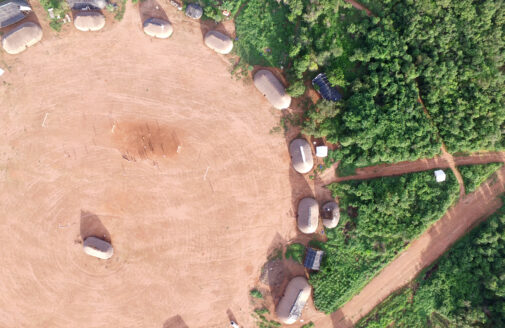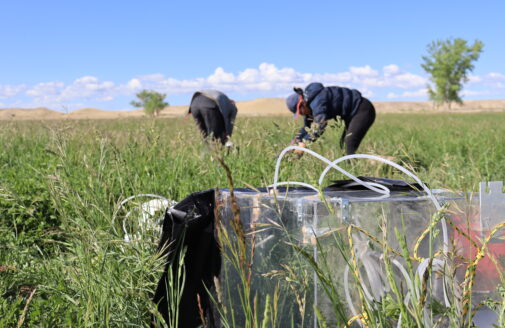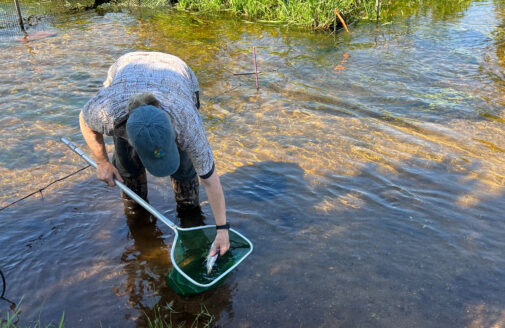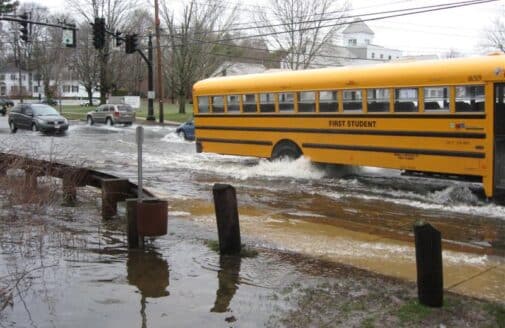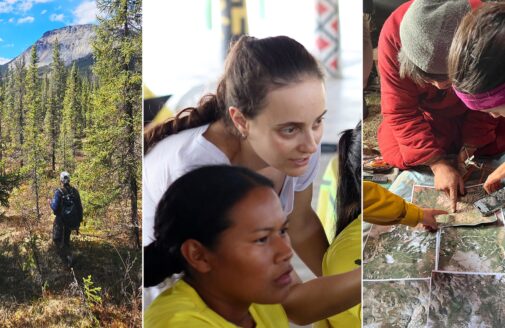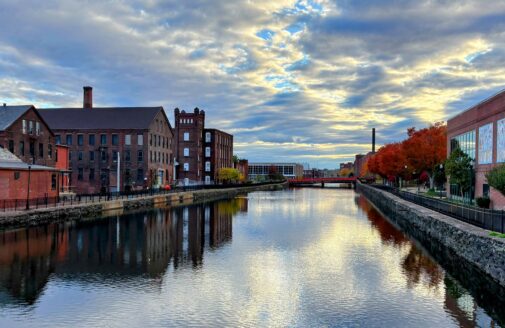Fund for Climate Solutions awards four new grants
From soil carbon to tropical fires, the 2023 winter cohort of FCS projects tests out a diverse array of natural climate solutions
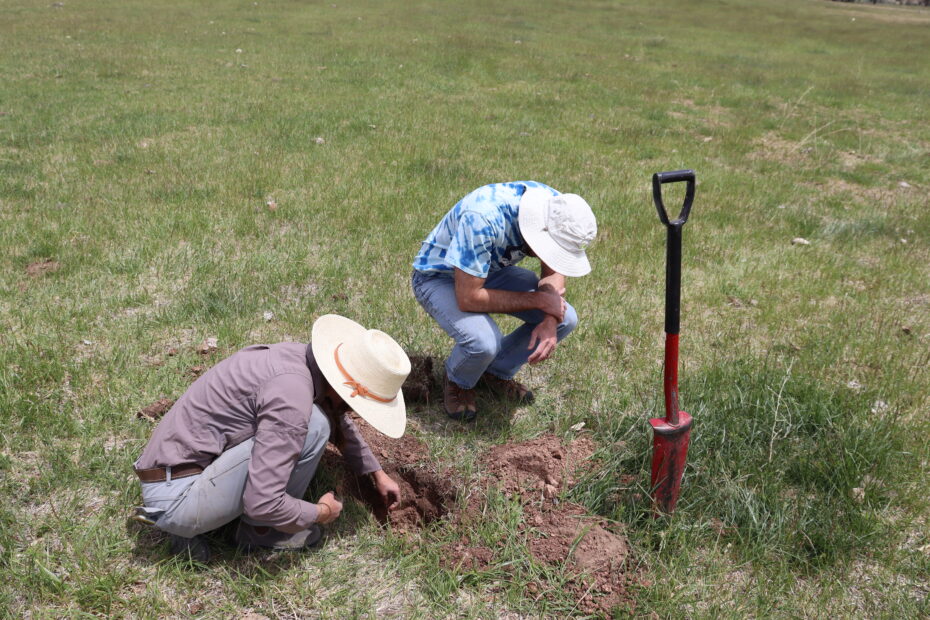
Jonathan Sanderman and Megan Machmuller examine soil dug from a pasture in Southwest Colorado.
photo by Sarah Ruiz
The first round of the 2023 Fund for Climate Solutions awardees has been announced. This competitive, internal granting mechanism supports early-stage and high-risk, high-reward research with breakthrough potential. This latest cohort of grantees includes four projects testing the viability of natural climate solutions across various ecosystems, from forests to wetlands, to agricultural fields.
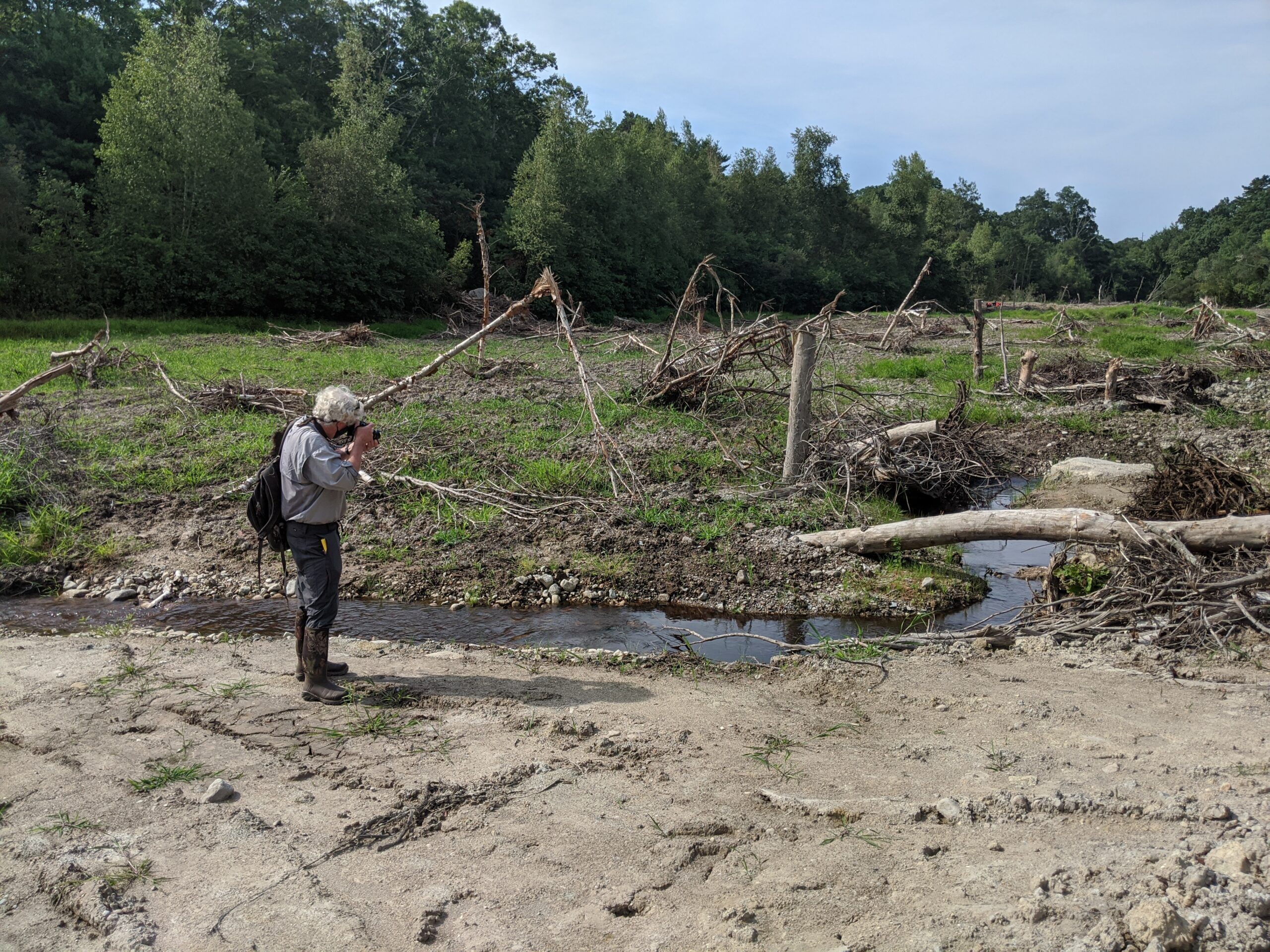
Chris Neill surveys the site of a cranberry bog restoration to natural wetland in Massachusetts.
photo by Miles Grant
Global hotspots and hot moments of nitrous oxide emissions
Project lead: Dr. Jacqueline Hung
Collaborators: Dr. Marcia Macedo, Kathleen Savage, Dr. Yushu Xia, Dr. Chris Neill
Nitrous oxide (N2O) is a prevalent, powerful—and understudied—greenhouse gas. Soils are the largest contributors of N2O emissions, but understanding of N2O fluxes is limited by lack of real-time monitoring technology. Given our broad geographic coverage and long history of innovation in measuring greenhouse gases, Woodwell Climate is well-positioned to address this gap. This award will support the purchase of cutting-edge field equipment for instantaneous N2O measurements, as well as the development of a laboratory system for measuring multiple greenhouse gases in soil experiments. Together, these will enable advances in understanding how changing soil conditions around the globe—from permafrost thaw to wetland restoration, rangeland management to tropical deforestation—affect the balance of nitrous oxide.
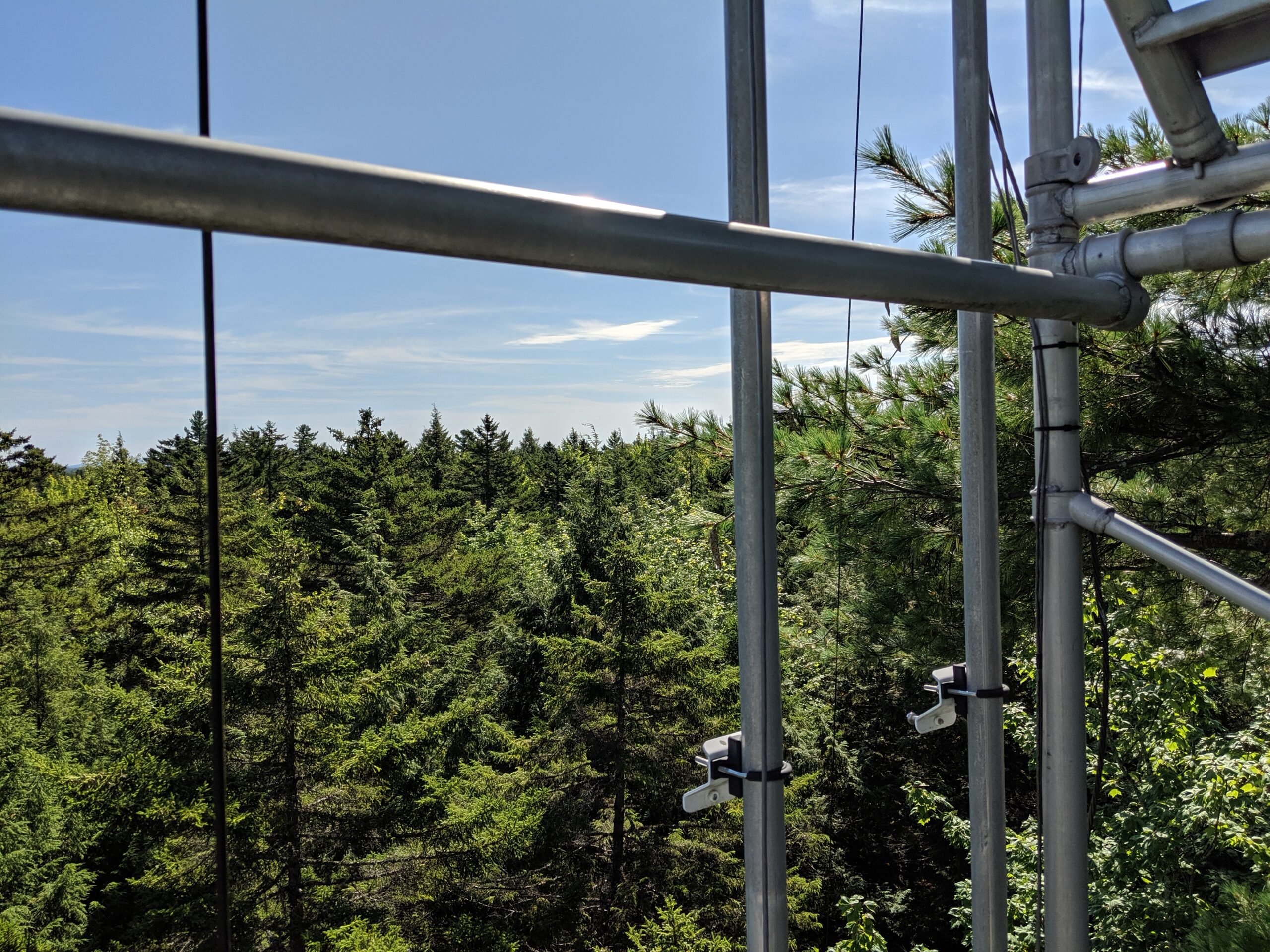
View from the carbon monitoring tower in Howland Forest.
photo by Miles Grant
Can forest harvesting contribute to natural climate solutions (NCS) while maintaining economic viability?
Project lead: Kathleen Savage
Collaborators: Dr. Wayne Walker, Dr. Richard Birdsey, Zoe Dietrich, Emily Sturdivant
Trees accumulate carbon as they grow, making them critical climate assets. However, many forests are also commercial sources of timber and wood fiber. Forest harvesting is generally assumed to result in a net release of carbon, even after accounting for the carbon stored in wood products. As the search for practical climate solutions intensifies, a central question is whether this either-or thinking could be reframed as both-and. In other words, whether commercial forests could be managed to meet multiple goals—providing wood and paper products, creating economic returns from natural resources, and sequestering carbon? The proposed work builds on our longstanding research at the Howland Research Forest, addressing whether shelterwood harvesting can be both an economically viable harvest practice and a natural climate solution.
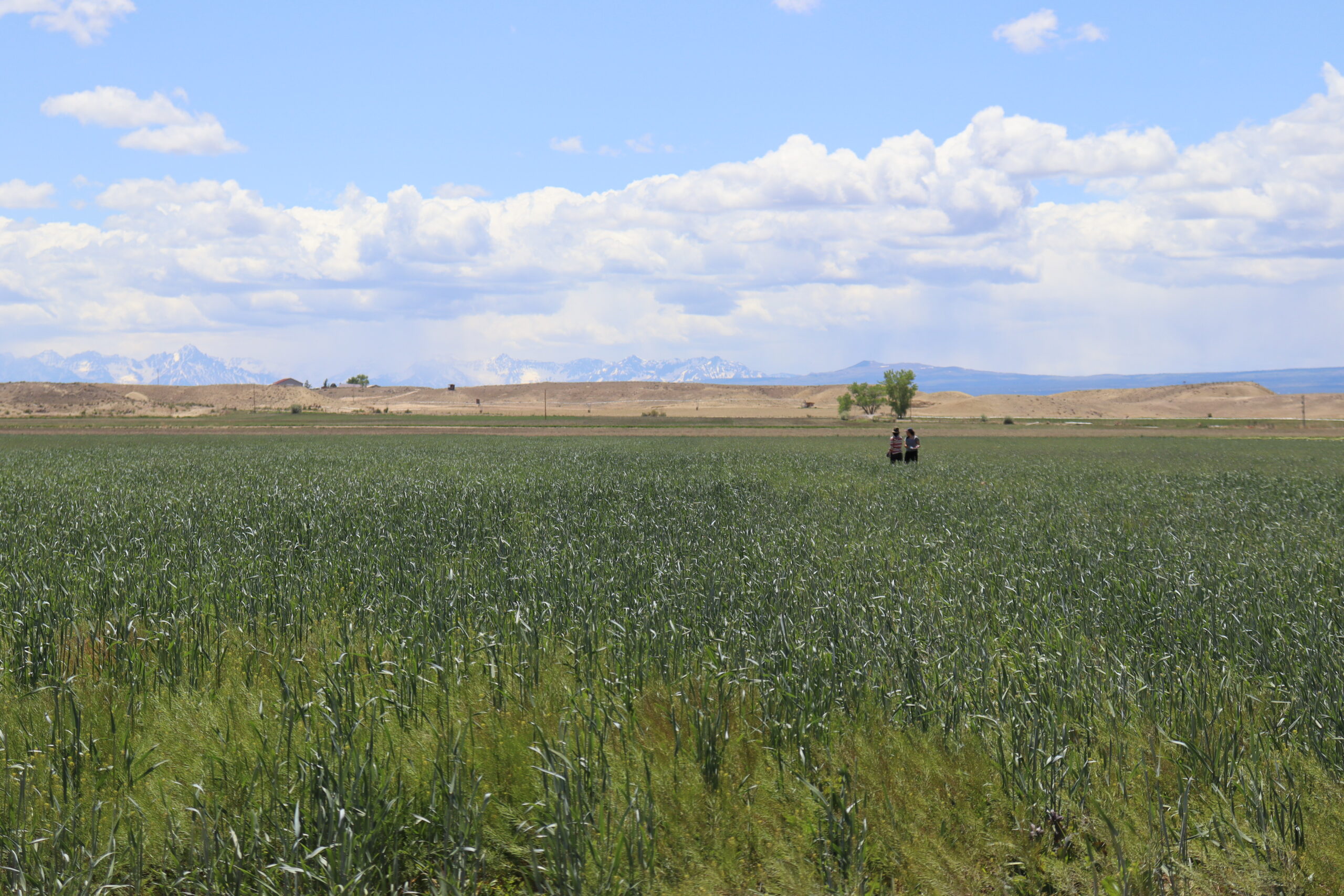
Woodwell scientists conduct sampling in a field cover-cropped with oats.
photo by Sarah Ruiz
Shallow or deep: Can cover crops make soil carbon stick?
Project lead: Dr. Taniya RoyChowdhury
Collaborator: Dr. Jonathan Sanderman
Cover crops have the potential to enhance carbon uptake and stability in agricultural soils and, under the Inflation Reduction Act, the USDA is poised to invest billions of dollars in adoption of cover crops as a climate-smart practice. However, current understanding of the effectiveness of cover cropping to deliver climate benefits is lacking a key consideration—microbial processes. Soil microbial communities are key regulators of soil carbon dynamics, and may determine whether a given land management practice results in net loss or gain of carbon. This work will characterize microbial processes and their role in soil carbon stabilization in surface and deep soils in dynamic, mixed-species cover-cropping systems. The result will be enhanced understanding of the outcomes of cover-cropping practices, with potential policy relevance.
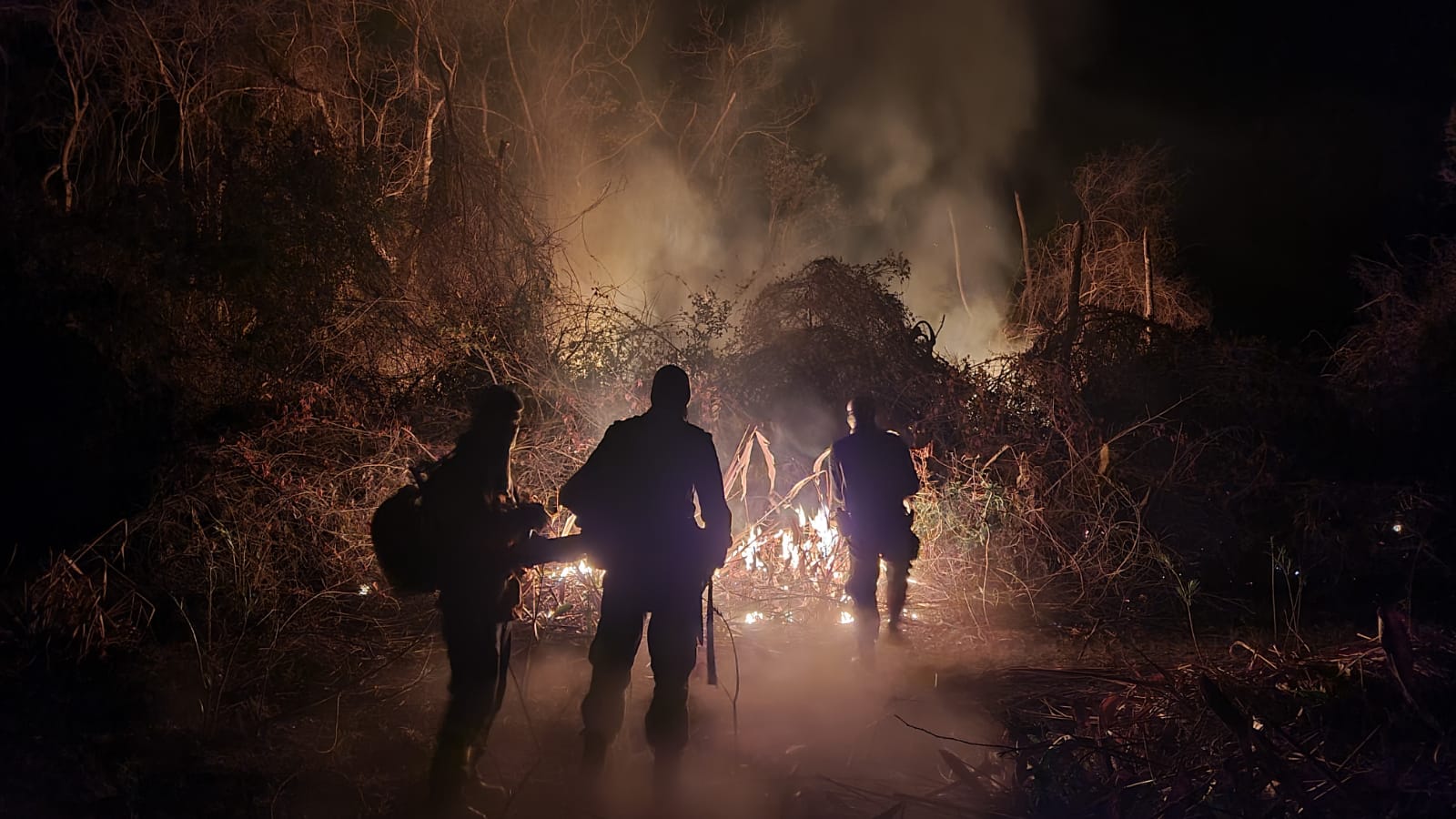
Firefighters in Brazil combat a blaze.
photo by Bibiana Garrido
Mapping carbon stocks across native Cerrado and Amazon ecosystems with a known history of fire disturbance
Project lead: Dr. Manoela Machado
Collaborators: Dr. Marcia Macedo and Dr. Wayne Walker
The Amazon and Cerrado biomes hold vast carbon stores that are threatened by fires associated with both land clearing and a warmer, drier climate. However, the long-term responses of fire-impacted areas within these ecosystems could be dramatically different. While Amazon forests have not evolved with fire as a pressure, transitional forests and the Cerrado are adapted for—and dependent on—regular fire for sustaining their structure and function. Understanding the effects of fire disturbance on carbon dynamics and the potential pathways of recovery in these ecosystems is critical. By mapping carbon stocks in fire-disturbed ecosystems and creating larger-scale scenarios, this work will provide a rich picture of what future carbon storage could look like under a range of possible fire disturbance/recovery dynamics.




